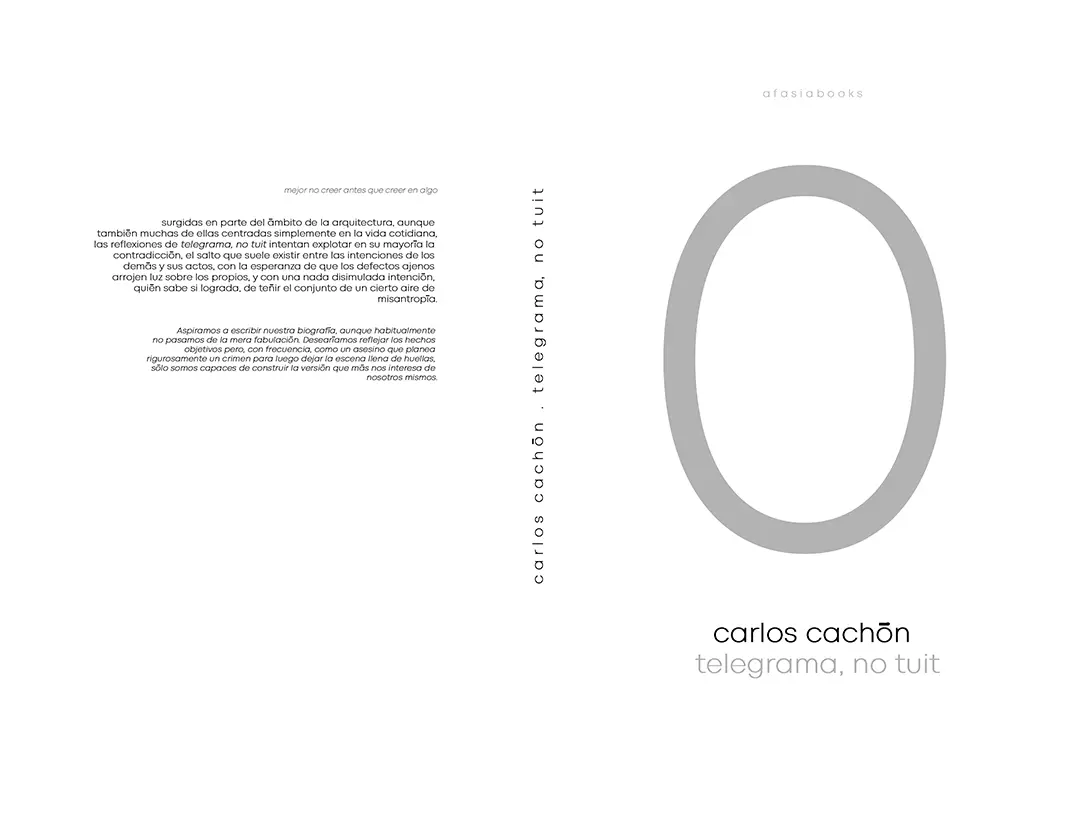
Damiá Lorenzato . photos: © DEL RIO BANI
The project is located on the “Sant Llorenç de Munt i l’Obac” Natural Park in Matadepera.
Living in the surroundings of a natural park
The plot has a narrow and elongated shape, featuring a topographical slope towards a stream. The site offers panoramic views of the Sant Llorenç de Munt massif and the Cavall Bernat monolith, two iconic elements of the local landscape. Despite the natural potential of the site, the land was partially deforested and in poor condition. This led to the strategy of environmental recovery and the construction of a respectful building that would interact delicately with its surroundings, both in terms of its location, volume, and materials.
A house in symbiosis with the environment
The house is developed on a single floor, adapting to the topography of the land. The project aims to integrate harmoniously into the landscape, with a design that minimizes the visual impact on its surroundings. The volume of the house is as low as possible, allowing the horizon line views to remain intact. Thanks to the geometry of the roofs, the building formally interacts with the profile of the hills and the skyline of the park. The house is distributed in “three pavilions” that move and are organized functionally. These three volumes with sloping roofs are connected by a porch with a flat roof, acting as a transitional element linking the different parts of the house. The first volume, more closed and intimate, is dedicated to the bedrooms. The other two, more open and connected by a central chimney, house the living room, kitchen, and dining room. The displacement of the volumes creates a volumetric play that respects the environment and invites the orientation of the views towards the landscape and the landmark of “Cavall Bernat.” The house opens towards the east, offering views, and closes to the west to ensure privacy from the nearest neighbours. On the interior, the balance between openings to the outside and intimacy has been carefully considered. Depending on the space, larger sliding windows provide diagonal panoramic views of the mountain range, while smaller, more intimate windows frame the vegetation and the nearest forest.
Sustainable construction criteria
Construction and materials used aim to respect the natural environment, proposing environmentally conscious and sustainable construction criteria while ensuring comfort and well-being for the users. A reinforced concrete base and plinth serve as the foundation for the entire building, remaining visible on both the interior and exterior floors. On top of this base, the house has been built entirely of wood, both in the structure and most of the finishes. Two types of wood are used: natural fir for the entire structural framework, columns, beams, and insulating walls, and larch with a charred treatment for the exterior facades. This traditional technique involves “burning” the wood’s surface layer, providing protection without the use of chemicals, improving resistance to weathering, preventing decay, insect infestation, and maintaining both technical and aesthetic qualities over time. The natural blackened colour resulting from this technique turns the building into almost a “backdrop” of nature itself, adapting to the natural setting and giving it a clear architectural identity. The project significantly reduces the energy consumption of the house thanks to an aerothermal system combined with photovoltaic panels and high-performance wood fiber insulation. A rainwater collection system with a storage tank reduces the use of potable water both inside the house and for the garden irrigation system. As for the exterior, maximum permeability of the land is maintained, minimizing paved areas outside the house. The area closest to the building is landscaped, while the rest of the plot remains a natural forest zone, preserving the idea of restoring the original atmosphere and beauty of the place.
_

























